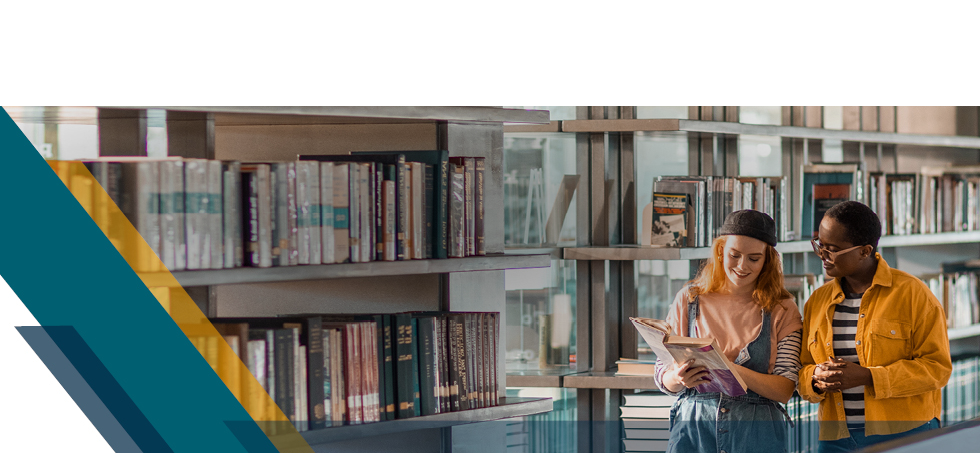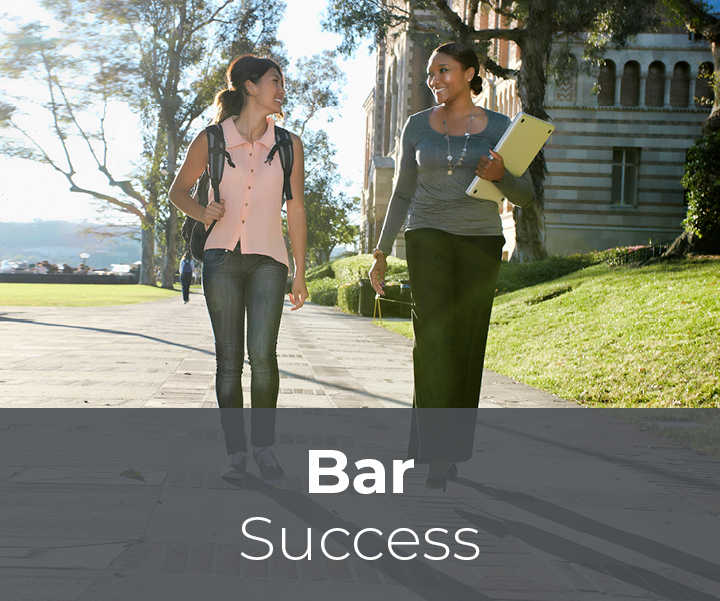
Legal Profession
Helping Each Student Develop Affirmative Evidence of Cross-Cultural Competency
Document Type
Law Review Article
Publication Date
7-2016
Keywords
implicit bias in the legal profession
Abstract
No matter a lawyer’s practice area, it is extremely important that each lawyer possess the ability to interact and communicate effectively with people from other cultures. Cargill general counsel Laura Witte emphasizes “To be truly effective counselors in today’s global marketplace, it is not enough to know the law. We must be able to communicate, build relationships, interpret and apply the law in the context of applicable cultural norms, norms that may be very different from our own.” In a litigation context, law professor Susan Bryan urges that “[l]awyers who explicitly examine the cross-cultural issues in a case will increase client trust, improve communication, and enhance problem-solving on behalf of clients.” It is strongly in a lawyer’s self-interest to develop cross-cultural competence in his or her everyday work.
Many law faculties are also emphasizing cross-cultural competency in the faculty’s learning outcomes. As of June 6, 2016, fifty-five law schools had posted learning outcomes on their websites, and of those fifty-five, twenty-one have adopted learning outcomes focused on student cross-cultural competency.
This article argues that cross-cultural competency is an affirmative competency that both law students and legal practitioners can develop in incremental stages throughout their careers. The article then shows that it is in the law student and legal practitioner’s enlightened self-interest to grow toward later stages of cross-cultural competence. With practice and continuous reflection, the student and legal practitioner can come to identify and understand when his or her cultural lens, biases, and stereotypes are affecting relationships with clients and others. Through this affirmative approach, students and legal practitioners can better serve their clients and ensure a result that best suits the client’s needs. The article then gives practical advice and techniques as to how the law student and lawyer can improve his or her cross-cultural competence and develop a strong narrative and evidence (to tell potential employers and clients) of the affirmative steps the student or lawyer has taken to develop this competency. Finally the last section of the article explores the experience of several law schools with strong learning outcomes on cross-cultural competency.



